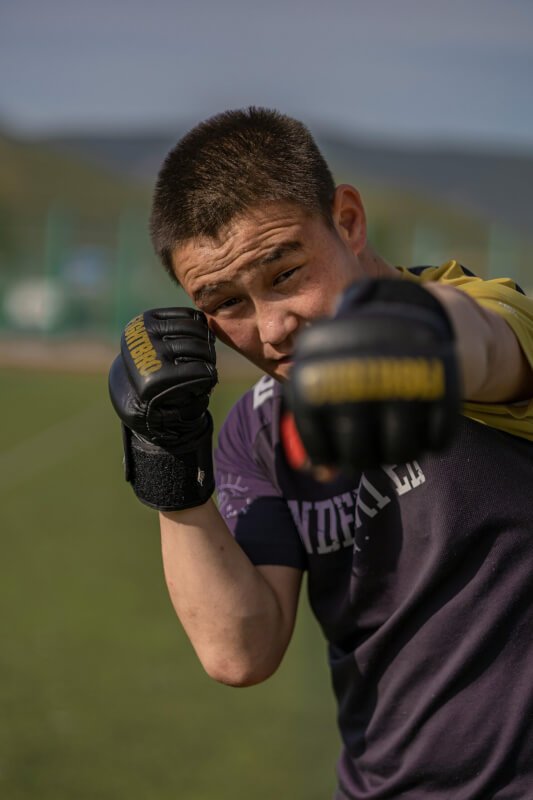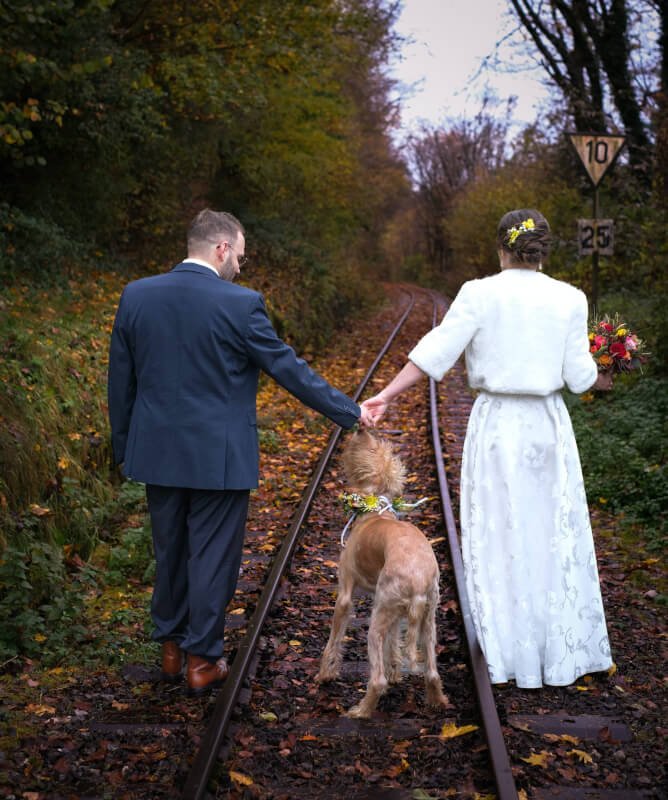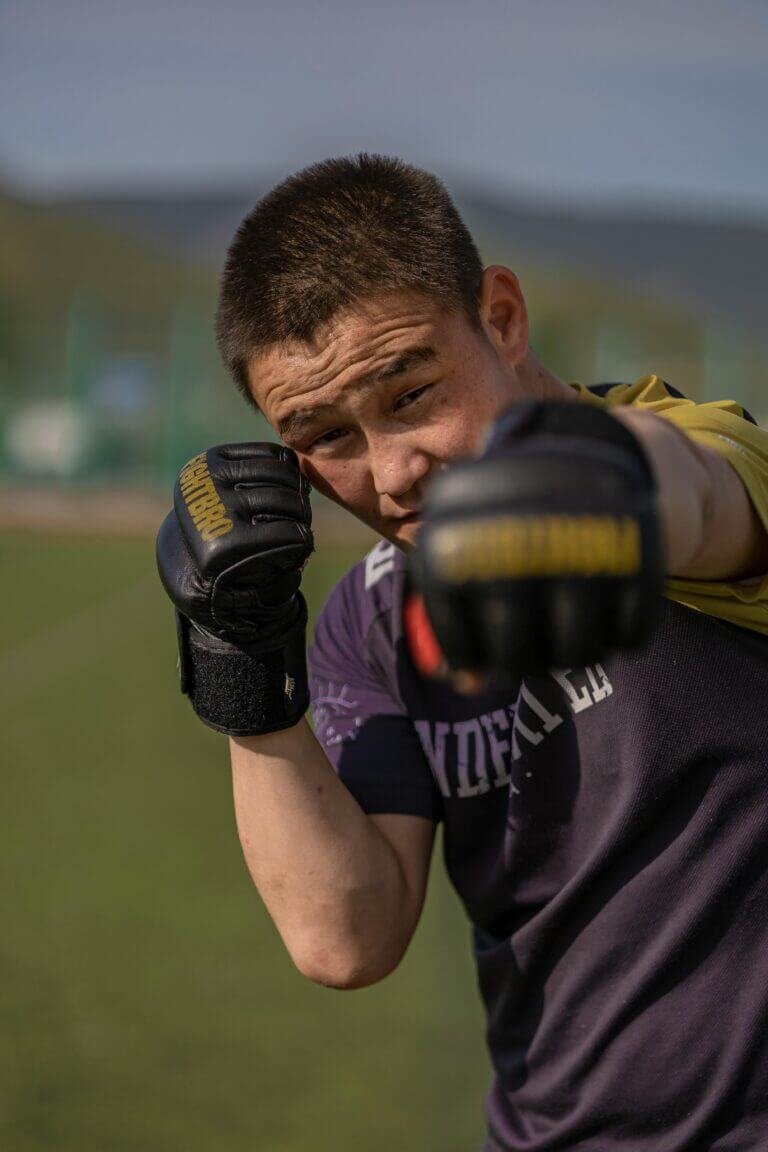If you’ve ever questioned whether training can truly make a difference in curbing dog aggression, you’re in the right place. In this article, we explore the power of training when it comes to tackling dog aggression head-on. From understanding the root causes to implementing effective techniques, you’ll discover how training can transform your furry friend’s behavior and create a harmonious environment for both you and your canine companion. So, grab a cup of tea, get ready to learn, and let’s dive into the world of dog training!

Understanding Dog Aggression
Dog aggression is a complex issue that many pet owners may face at some point in their dog’s life. It is crucial to have a good understanding of the different forms of aggression, the causes behind it, and the effects it can have on both owners and other animals.
Ready for Cat Trivia?
Test your knowledge about cats!

Different Forms of Aggression
Dog aggression can manifest in various forms, including fear aggression, territorial aggression, possessive aggression, and social aggression. Fear aggression occurs when a dog feels threatened or scared, leading to defensive behaviors such as growling or biting. Territorial aggression emerges when a dog believes their space or belongings are being invaded, resulting in protective and possessive behaviors. Possessive aggression arises when a dog becomes protective of resources like food or toys. Social aggression occurs when a dog displays aggression towards other dogs or animals.
Causes of Dog Aggression
Understanding the causes of dog aggression is essential to effectively address the problem. Aggression can stem from a variety of factors, including genetics, improper socialization during puppyhood, past trauma or abuse, fear and anxiety, resource guarding, and lack of leadership or structure in the dog’s environment. Identifying the underlying causes of aggression can help guide training strategies and interventions.
Effects of Dog Aggression on Owners and Other Animals
Dog aggression can have a significant impact on both owners and other animals. Owners may experience feelings of fear, frustration, and helplessness when dealing with an aggressive dog, which can strain the owner-pet bond and lead to emotional stress. Aggressive dogs may also pose a danger to other animals, causing injuries or conflicts within the household or the community. Understanding the effects of dog aggression highlights the urgency of addressing the issue through proper training and management techniques.
The Importance of Training
Training plays a crucial role in managing and resolving dog aggression. It not only helps establish a trusting relationship between the owner and the dog but also reinforces boundaries and rules that are essential for a well-behaved and non-aggressive pet. Additionally, training enables the identification of triggers and warning signs, allowing proactive measures to be taken.
Building a Trusting Relationship
Building a trusting relationship with an aggressive dog is vital for effective training. By establishing a foundation of trust, the dog will feel secure in their environment and be more receptive to learning. Positive reinforcement, consistency, and patience are key components in building this relationship, focusing on rewarding desired behaviors and avoiding punishment-based techniques.
Enforcing Boundaries and Rules
Clearly defined boundaries and rules provide structure and predictability for a dog. Aggressive dogs often require additional boundaries to ensure their behavior remains under control. Consistently reinforcing these boundaries through training helps set expectations and reinforces the owner’s role as a leader. This structure can help mitigate the occurrence of aggressive behavior.
Identifying Triggers and Warning Signs
Identifying triggers and warning signs of aggression is crucial in managing and modifying aggressive behavior. By closely observing the dog’s behavior and environment, owners can pinpoint specific triggers that lead to aggression. Common triggers may include certain objects, people, or situations. Recognizing these triggers allows for proactive measures to be taken to prevent the escalation of aggression.
Types of Training for Aggressive Dogs
Different types of training techniques can be employed to address dog aggression effectively. Basic obedience training, behavior modification techniques, and socialization training are all valuable tools in reshaping a dog’s behavior and reducing aggressive tendencies.
Basic Obedience Training
Basic obedience training lays the foundation for a well-mannered and obedient dog. This type of training focuses on teaching commands such as sit, stay, come, and heel. By establishing a strong foundation of obedience, owners can gain greater control over their dog’s behavior and effectively redirect their focus when aggression begins to arise.
Behavior Modification Techniques
Behavior modification techniques aim to change a dog’s response to specific triggers or stimuli that elicit aggressive behavior. Positive reinforcement methods, such as rewarding calm and non-aggressive behavior, can help encourage more desirable responses. Techniques such as desensitization and counter-conditioning can also be used to gradually expose the dog to their triggers in a controlled and positive manner, gradually reducing their aggressive response.
Socialization Training
Socialization training is particularly important for dogs with aggression issues, as it exposes them to various new experiences, people, and animals. By gradually introducing a dog to unfamiliar situations and carefully monitoring their reactions, owners can help them build confidence and reduce fear-based aggression. Controlled socialization is key to ensure the safety of all parties involved.
Positive Reinforcement and Its Impact
Positive reinforcement is a training method that focuses on rewarding desired behaviors rather than punishing unwanted ones. This approach has proven to be highly effective in modifying aggressive behavior and fostering a more positive and calm mindset in dogs.
Reward-Based Training Methods
Reward-based training methods involve providing treats, praise, or playtime as a reward for desired behaviors. This positive reinforcement serves as an incentive for dogs to repeat these behaviors in the future. By consistently rewarding non-aggressive and calm behaviors, aggressive tendencies can gradually be replaced with more desirable reactions.
Creating Positive Associations
Creating positive associations with previously negative triggers is another key aspect of positive reinforcement. By exposing an aggressive dog to triggers in a controlled and positive manner, such as gradually introducing them to a previously feared object while offering rewards, the dog learns to associate positive outcomes with these triggers. Over time, this can help reduce their aggression and anxiety.
Building Confidence and Calmness
Aggressive dogs often lack confidence and struggle with impulse control. Positive reinforcement training can help build a dog’s confidence by rewarding them for exhibiting calm and non-aggressive behaviors. This, in turn, promotes a more relaxed and well-adjusted mindset, making them less prone to aggressive outbursts.

Training Techniques to Manage Dog Aggression
Managing dog aggression requires the use of specific training techniques designed to redirect and modify aggressive behavior. Counter-conditioning and desensitization, redirecting aggressive behavior, and teaching alternative behaviors are effective methods to address aggression proactively.
Counter-Conditioning and Desensitization
Counter-conditioning involves changing a dog’s emotional response to a specific trigger or stimulus by repeatedly exposing them to it in a controlled manner while creating positive associations. Desensitization complements counter-conditioning by gradually exposing the dog to the trigger at intensifying levels, ensuring they remain calm and non-reactive throughout the process. Together, these techniques help the dog develop healthier emotional responses to their triggers and reduce aggression.
Redirecting Aggressive Behavior
Redirecting aggressive behavior involves teaching a dog alternative behaviors to redirect their energy and focus away from aggression. It can involve commands such as “sit” or “down” to distract the dog and provide an alternative outlet for their frustration or excitement. Redirecting their attention to more appropriate behaviors can prevent escalation into aggressive actions.
Teaching Alternative Behaviors
Teaching alternative behaviors involves training a dog to perform specific actions in response to their triggers instead of displaying aggression. This can include commands such as “leave it” or “go to your mat” to redirect their focus away from the trigger and onto a desired behavior. By providing dogs with clear instructions and alternatives, they can learn to respond differently to their triggers and reduce aggressive tendencies.
Working with Professional Trainers
Seeking professional help when dealing with dog aggression offers numerous benefits and increases the likelihood of successful outcomes. Professional trainers have the necessary knowledge, experience, and resources to develop customized training plans that address the specific needs of each aggressive dog.
Benefits of Seeking Professional Help
Professional trainers can provide invaluable expertise in dealing with dog aggression. They can accurately assess the underlying causes of the aggression, determine the most effective training methods, and provide ongoing support throughout the training process. Their guidance can greatly enhance the safety, well-being, and progress of both the dog and the owner.
Choosing the Right Trainer
Choosing the right trainer is crucial for achieving positive results. Look for trainers who specialize in dog aggression and use force-free, positive reinforcement methods. Ask for recommendations, read reviews, and interview potential trainers to ensure their approach aligns with your goals and values. A reputable and qualified trainer will have the necessary skills and experience to address aggression effectively.
Customized Training Plans
Professional trainers have the advantage of being able to create customized training plans tailored to the specific needs of each dog. They can identify the unique triggers, behaviors, and personality traits of the aggressive dog and develop a comprehensive plan that addresses these specific challenges. Customized training plans provide a structured and individualized approach to tackle dog aggression effectively.

Safety Measures and Precautions
When managing an aggressive dog, implementing safety measures and precautions is essential to ensure the well-being of both the dog and those around them. Effective restraints and equipment, avoiding triggers and stressful situations, and consistent management strategies can contribute to maintaining a safe environment.
Using Effective Restraints and Equipment
Using appropriate restraints and equipment is crucial when dealing with an aggressive dog. Securely fitted, sturdy harnesses or muzzles can provide an extra layer of safety during training sessions or when in potentially dangerous situations. These tools should be used responsibly and in line with professional guidance to prioritize the safety of all parties involved.
Avoiding Triggers and Stressful Situations
Avoiding triggers and stressful situations can help prevent aggressive outbursts and minimize potential harm. By being aware of the dog’s triggers and carefully managing their environment, owners can create a safe space where the likelihood of aggression is reduced. This may involve avoiding certain areas, situations, or interactions that may heighten the dog’s stress levels or trigger their aggressive behavior.
Implementing Consistent Management
Consistent management is key to maintaining control and preventing aggression in an aggressive dog. This involves practicing consistent routines, providing clear boundaries, and establishing rules that are consistently enforced. By offering structure and predictability in the dog’s daily life, owners can minimize the occurrence of challenging situations that may trigger aggression.
Dealing with Fear-Based Aggression
Fear-based aggression is a common form of aggression in dogs and requires specific strategies for managing and resolving aggressive behavior stemming from fear and anxiety.
Understanding Fear Aggression
Fear aggression arises when a dog feels threatened or afraid, leading to defensive or territorial behaviors. Understanding the underlying fear is crucial to address this type of aggression effectively. Identifying the specific triggers, working to reduce their anxiety, and gradually exposing them to their fears through positive reinforcement techniques can help dogs overcome their fear-based aggression.
Creating a Safe Environment
Creating a safe environment for a fear-aggressive dog is essential for their well-being and the safety of others. Eliminating potential triggers, reducing exposure to stressful situations, and providing a calm and structured home environment can help the dog feel more secure. A safe environment minimizes their fear response and reduces the likelihood of aggressive behavior.
Gradual Desensitization Techniques
Desensitization involves gradually exposing a dog to their fears in a controlled and positive manner to reduce their fear response. By carefully and incrementally increasing their exposure to fear-inducing triggers while providing rewards and positive reinforcement, the dog can learn to associate these triggers with positive experiences. Gradual desensitization techniques can help dogs overcome their fear-based aggression and develop healthier emotional responses.

Managing Territorial and Possessive Aggression
Territorial and possessive aggression can create challenges in a dog’s behavior and require specific management techniques to address these issues effectively.
Establishing Clear Boundaries
To manage territorial and possessive aggression, it is important to establish clear boundaries for the dog. This includes defining boundaries within the home environment and teaching the dog which areas or items are off-limits. By clearly communicating these boundaries through consistent training and management, owners can help mitigate territorial and possessive behaviors.
Teaching Appropriate Toy and Food Sharing
Teaching a dog to share their toys and food appropriately is crucial to reducing possessive aggression. This involves implementing controlled exercises to teach the dog that sharing resources does not pose a threat to their security. Gradually exposing them to sharing situations while rewarding calm and non-possessive behavior reinforces positive associations and helps modify their aggressive tendencies.
Structured Routines and Predictability
Establishing structured routines and creating a predictable environment can help manage territorial and possessive aggression. By providing a consistent daily schedule and maintaining clear rules regarding possessions and spaces, owners can minimize potential triggers for aggressive behavior. Predictability and routine reduce the dog’s anxiety and increase their sense of security.
Continuing Education and Maintenance
Dog aggression is a long-term commitment that requires ongoing education, maintenance, and commitment from the owner. Consistency, follow-up training, troubleshooting any potential setbacks, and maintaining a long-term commitment are essential for the successful management and resolution of dog aggression.
Consistency and Follow-Up Training
Consistency is crucial when dealing with dog aggression. Maintaining a consistent training approach, following the established routines and rules, and consistently reinforcing non-aggressive behaviors are essential for long-term success. Follow-up training sessions and periodic reassessments of the dog’s progress can help address any declines in behavior and provide opportunities for further improvement.
Troubleshooting Potential Setbacks
Addressing potential setbacks is a normal part of managing dog aggression. Owners should be prepared to troubleshoot any recurrences or regression in the dog’s behavior. This may involve seeking additional professional guidance, modifying training techniques, or adjusting the dog’s environment. Early intervention and promptly addressing setbacks can help maintain progress and prevent the reemergence of aggressive behaviors.
Long-Term Commitment
Managing dog aggression requires a long-term commitment from the owner. It’s important to understand that resolution may not happen overnight and consistent effort and dedication are required. Continuing education, staying up-to-date on training techniques, and prioritizing the dog’s well-being are all essential elements of the long-term commitment necessary to successfully manage and maintain a non-aggressive dog.
In conclusion, understanding dog aggression is crucial for owners looking to address and manage this complex issue. Training and positive reinforcement play a vital role in reshaping a dog’s behavior and reducing aggression. By following appropriate training techniques, seeking professional help when necessary, implementing safety measures, and committing to ongoing education, owners can effectively address and manage dog aggression, creating a safer and happier environment for both the dog and those around them.



